Our Investment Approach
Apply now!
Apply now! Applications are now open for Stage 1: Seed Partnerships, Stage 2: Test Solutions, and Tracks A and B of Stage 3: Amplify Impact. Stage-specific deadlines begin on October 17th, 2022. Learn more about which stage is right for you.
Stanford Impact Labs’ investment approach is rooted in partnerships with the public, private, and social sectors. Our investments spur scholars and practitioners to create an approach together--jointly framing problems, developing learning agendas, generating and testing hypotheses, iterating on intervention strategies, and scaling solutions. We call these partnerships “impact labs” and they are the primary pipeline from discovery to impact.
The impact labs we invest in focus on social problems that faculty and practitioners identify as most urgent and where they believe there is the most potential to make progress. We do not have fixed areas of focus or social problems to tackle. We are designed to be agile, flexible, and responsive to the changing issues in society, priorities and concerns of external partners, and the shifting expertise and interests of faculty, staff, and students.
Our investments in impact labs as R&D against social problems, both benefit from and contribute to programs to shape the culture of public impact in higher education. Many labs are led by faculty who have gone through our design fellowship or who benefit from our summer PhD fellowship. Labs also contribute to shaping a culture of public impact in higher education by sharing their insight and lessons along the way.
We make staged and sequenced investments to catalyze impact labs at different stages in generating new evidence and practical solutions. Our portfolio-based approach allows us to take bold bets against big problems and we recognize that not every investment will be successful. Our stage-based approach allows us to deploy progressively larger amounts of resources along the pipeline from initial discovery to large-scale impact. At each stage, we allocate funding competitively regardless of whether the team was previously funded by SIL or participated in SIL’s other programming.
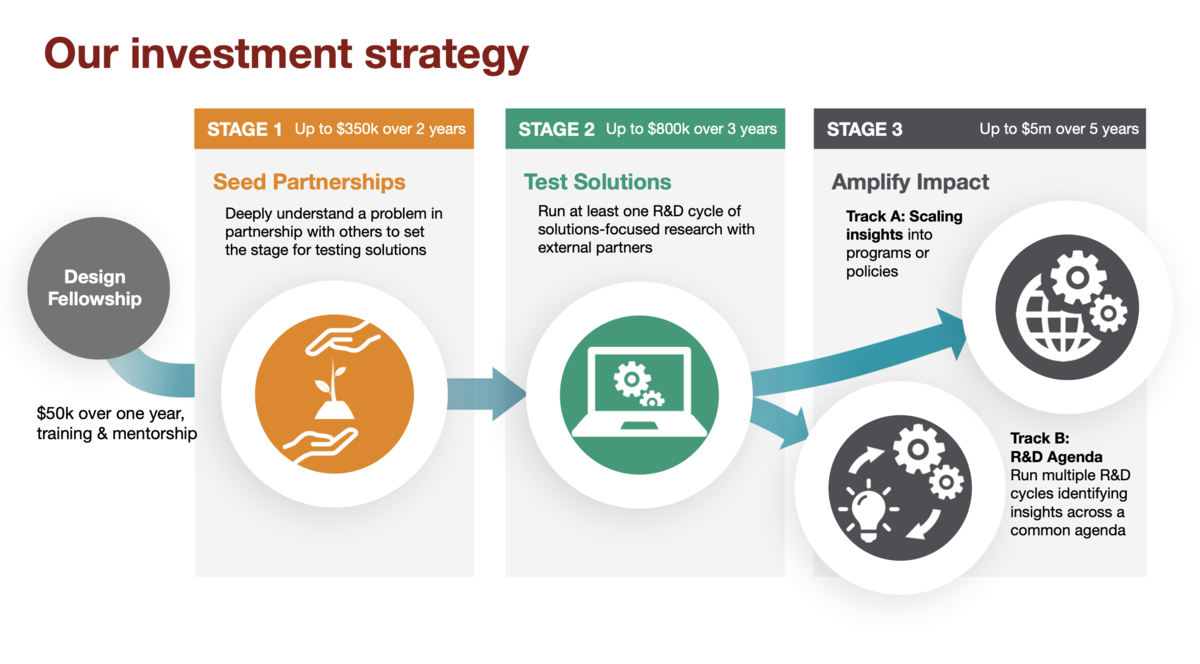
Stage 1: Seed Partnerships
Up to $350,000 for a maximum 2 years
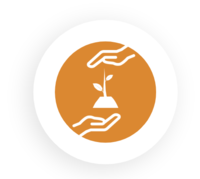
Solutions-focused research benefits when it grows from a deep understanding of the problem in a specific setting–who is affected, how they’re affected, and what else has been done or is being done to address the problem. This takes time and coordination, but increases the likelihood that research and ideas turn into practical action that benefit society. Stage 1 provides seed funding for new and established partnerships to conduct research that deepens understanding of the problem and sets the stage for testing solutions. Successful applicant teams will be able to demonstrate that there is demand for the research, key stakeholders and end users are collaborators on the project, and there is a clear path towards developing and testing solutions (if the team is successful at the seed stage). Seed funding could be used for activities such as strengthening partnerships or engaging additional stakeholders, implementing a community engagement plan, collecting data, or piloting an intervention with a partner. Successful Stage 1 investments will yield a deeper understanding of the problem and a strong equitable partnership ready to conduct a solutions-focused R&D cycle.
Stage 2: Test Solutions
Up to to $800,000 for a maximum 3 years
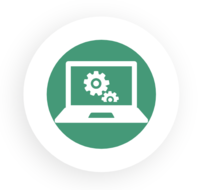
Stage 2 provides funding for impact labs to run at least one solutions-focused R&D cycle–developing and testing solution(s) in collaboration with external partners. To be eligible, teams must have made significant progress defining the problem, have specific solution(s) in mind, and have a strong partnership in place. While the funding is flexible, teams often use the funds to hire professional staff, fund data collection, or support partner costs. Successful Stage 2 investments will have advanced the frontiers of knowledge on a particular solution, while taking tangible steps along their path from science to impact.
Over our first three years, we've awarded $9.5m to 19 scholar-practitioner teams.
Our third round of Stage 2: Test Solutions funding for 2022 was awarded to:
- Algorithms and Racial Health Equity
- Democratic Attitudes and Social Media Solutions
- Digital Literacy Curriculum in Chicago and Los Angeles Schools
- Digital Media Literacy for All
- Equitable Education Access In San Francisco
- Improving Educational Inequality in New York State
- Tackling Residential Instability in Oakland
- Tax Havens and Global Capital Allocation in Europe
Our second round of Stage 2: Test Solutions funding for 2021 was awarded to:
- AI for Immigrant Integration, Immigration Policy Lab
- Cleaner Brick Manufacturing in Bangladesh
- Education After Juvenile Detention
- Environmental Protection for All, Stanford RegLab
- Food As Medicine, Food for Health Equity Lab
- Reproductive Health and Autonomy
We awarded our first round of Stage 2: Test Solutions funding in 2020 to five scholar-practitioner teams:
- Climate Change and Housing, Stanford Future Bay Initiative
- Early childhood development, Stanford Center on Poverty and Inequality
- Next-Generation Energy Policies, Stanford’s Program on Energy and Sustainable Development
- Police-Community Relations, SPARQ
- Pretrial Incarceration, Stanford Computational Policy Lab
What’s a solutions-focused R&D cycle?
A solutions-focused R&D cycle involves developing and testing solutions in real-world settings. Solutions-focused R&D cycles are not defined by their method and therefore reflect a variety of different approaches to testing solutions in real-world setting. For example:
- A South Asian engineering firm, a Bangladesh-based research institute and Luby Lab are rigorously evaluating a new approach to reducing pollution from brick kilns in Bangladesh.
- The US Environmental Protection Agency and RegLab are testing whether analysis of new data sources–like satellite technology–can improve detection of environmental noncompliance and ultimately improve environmental enforcement. In one setting, they found that analysis of satellite imagery could improve the detection of specific types of potential permit violations ~5x more efficiently than random audits.
- In partnership with the California Public Utility Commission (CPUC), Stanford’s Program on Energy and Sustainable Development conducted modeling on how to build a more reliable energy grid in California, engaged a number of stakeholders in interactive game-based workshops, and then used that feedback to improve their policy proposal. Based on this work, CPUC’s Energy Division submitted their policy recommendation for regulatory approval.
- SPARQ is applying insights from psychology to test a novel intervention with the aim of improving police-community relations in San Francisco and creating a scalable model for other jurisdictions.
Stage 3: Amplify Impact
Up to $5,000,000 for a maximum 5 years
Stage 3 funding provides long-term flexible support based on an established track-record of running multiple partnership-based R&D cycles. We expect that only the most exceptional teams will be eligible for Stage 3 funding and initially plan to deploy no more than $5m per year through this window.
Track A: Scaling Insights
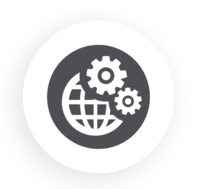
Track A investments provide flexible funding to put specific insights to use across multiple contexts at scale. To be eligible, teams must demonstrate that the proposed solution has strong evidence of effectiveness, improves upon alternative approaches, and has strong paths from science to impact. While we’re open to a wide variety of different approaches, examples of what Track A investments might support include (a) the support of an impact lab to take a solution to even more partners or contexts; (b) funding for an established nationwide organization to adopt insights initially developed with Stanford faculty; or (c) funding the launch of an independent venture focused on scaling a solution. SIL resources are intended to be catalytic: in all cases we expect to see a clear plan to reach large numbers of people and to sustain the solutions past the life of the investment.
Investments in R&D continue to be crucial as teams work through the key questions that are necessary for impact on people’s lives to be sustained at scale. This may include continued testing to improve the intervention; adapting a scientific insight to new contexts or in new interventions; unpacking how to sustain operational excellence at scale; testing different scaling pathways; and other research to better inform how to ensure outcomes at scale.
Track B: R&D Agenda
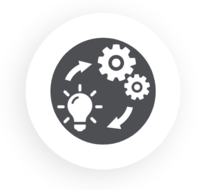
Track B investments provide long-term, flexible support to impact labs running multiple R&D cycles across multiple different insights around a common impact-focused research agenda. While we’re open to a wide variety of approaches, this funding could, for example, provide core support to an impact lab to run a set of connected R&D cycles that both test specific solutions in multiple settings and that have the potential in aggregate to help make transformative progress against a big social problem. To be eligible, teams must demonstrate a strong track record of solutions-focused R&D cycles that have been successfully put to use for society, a compelling pipeline of new R&D cycles with partnerships in place to put research to use; and a strategy to develop future R&D cycles. Labs should also make clear how a multi-year investment in R&D in the problem area can generate a set of cumulative findings with the potential for transformative impact.
Scaling insights are crucial to successful R&D cycles that benefit society. While impact labs funded under this track may not be directly scaling insights, they must demonstrate credible pathways to scale, including partnerships with organizations that can take solutions to scale and sustain the impact of those solutions over time.